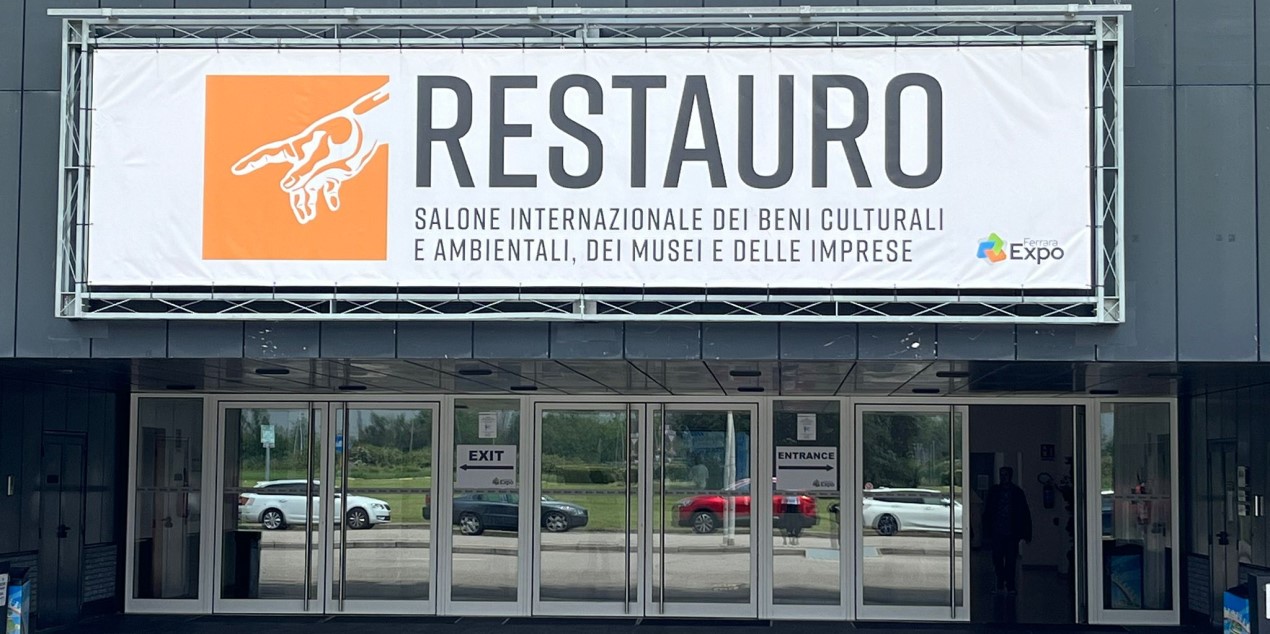Infrastructure and Archeology
Italferr, the Engineering Company of the Infrastructure Hub of FS Group, takes center stage along with RFI, ANAS and Ferrovie del Sud Est at the 29th edition of the international fair RESTAURO

From May 15th to the 17th at Ferrara Expo, Italferr took part in the most important event on the international trade fair scene dedicated to the Economy, Conservation, Technologies and Valorisation of Cultural and Environmental Heritage.
Our staff of archaeologists, present at the Polo stand, made themselves available during the three days of the exhibition to tell of the excellence that distinguishes Italferr in the field of preventive archaeology; a background, acquired over 40 years of activity, resulting from important archaeological discoveries made during the construction of major infrastructure works.
"Italferr was the first Italian engineering company to have archaeologists on its staff, so as to manage archaeology as a design aspect of the work itself," were the opening words of the speech given by Ettore Manfredi, archaeologist of Archaeological Surveys and Excavations, at the conference 'Infrastructure and Archaeology: discovering the past to build the future', organised by Capo Polo, Rete Ferroviaria Italiana.
“Conducting studies, planning and carrying out archaeological surveys, managing critical issues before and during construction activities, and finally carrying out the value enhancement activities prescribed by the competent Superintendencies are the challenges that see us at the forefront of safeguarding ancient heritage today”
He concluded his presentation by stating: "This approach has enabled the achievement of significant objectives, such as the controlled scheduling of the time and cost of carrying out archaeological surveys and the drastic reduction in the number of findings made during construction activities".
Today, Italferr continues its commitment to safeguarding cultural and archaeological heritage by turning its attention to increasingly effective and advanced strategies and to archaeological value enhancement activities, as a key element in ensuring that the territory preserves the signs of its past and transmit historical information to future generations.